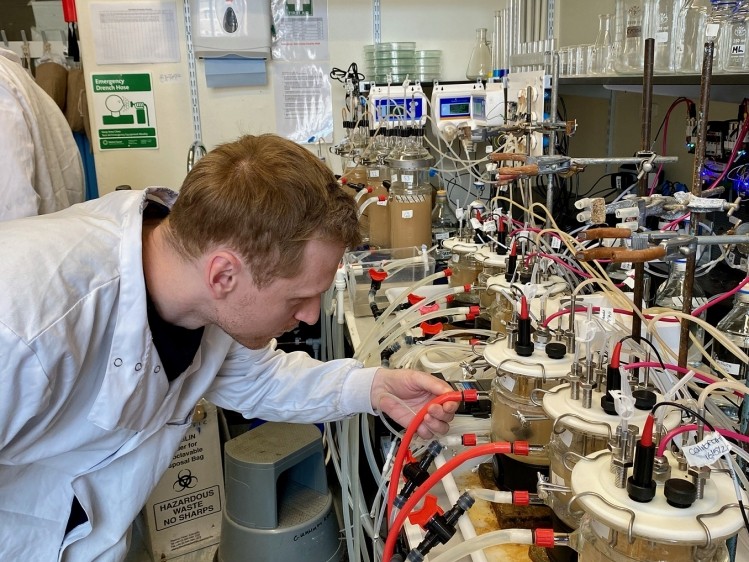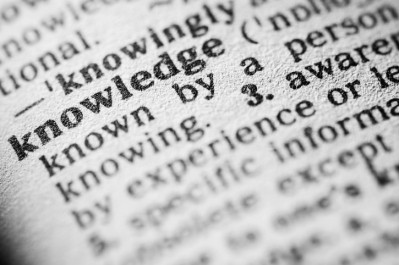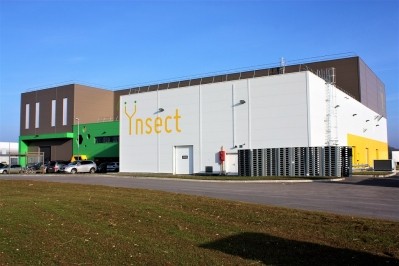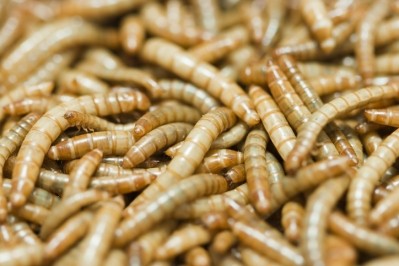Consumer concerns could be challenge for plastic-fed waxworms research

This issue was raised after SalmoSim, which provides in-vitro services in the market of aquafeed nutrition, unveiled the results of work using an in-vitro salmon gut simulator that found that waxworms fed on plastic waste offered the same nutritional value to farmed salmon as other commercially available insect meals.
Llewellyn admitted that there would be a challenge to overcome the 'yuk factor' with consumers but said that there were other fish feed ingredients that would have the same reaction if known about.
“The difficulty is consumer perceptions of plastic in the food chain,” he confirmed.
SalmoSim’s findings suggested that protein sources for farmed fish could be derived from the insects which have been used to digest plastic waste, thus contributing to the wider circular economy.
Sustainable sources
The findings should be of interest to fish farms working to find low-cost, sustainable sources of protein to cater to the growing global demand for fish.
Llewellyn told FeedNavigator that the company had been working on insect meals with various clients and had decided to conduct its own research looking at waxworms as a research project.
“The issue with waxworms is that they don’t have as high a protein content as something like a mealworm or Black soldier fly larvae,” said Llewellyn.
“But what our work showed in plastic fed and non-plastic fed worms was that the protein content is just as digestible as any protein that you might have pulled out of a Black Soldier fly larva.”
Further research
As part of the testing process, waxworms were maintained with a diet of either LDPE plastic (cling film) or a traditional balanced diet while waxworm growth was monitored. Waxworms fed LDPE gained weight compared to unfed controls.
Further research is needed to prove that plastic-fed waxworms pose no toxicity to salmon and can safely enter the human food chain.
Llewellyn highlighted that there is Glycol in the feces of the waxworms, which is a product of the digestions of polythene, but admitted that more analysis was needed.
“The next step is scaling this up to get to a small in-vitro trial and doing that testing,” he said.








